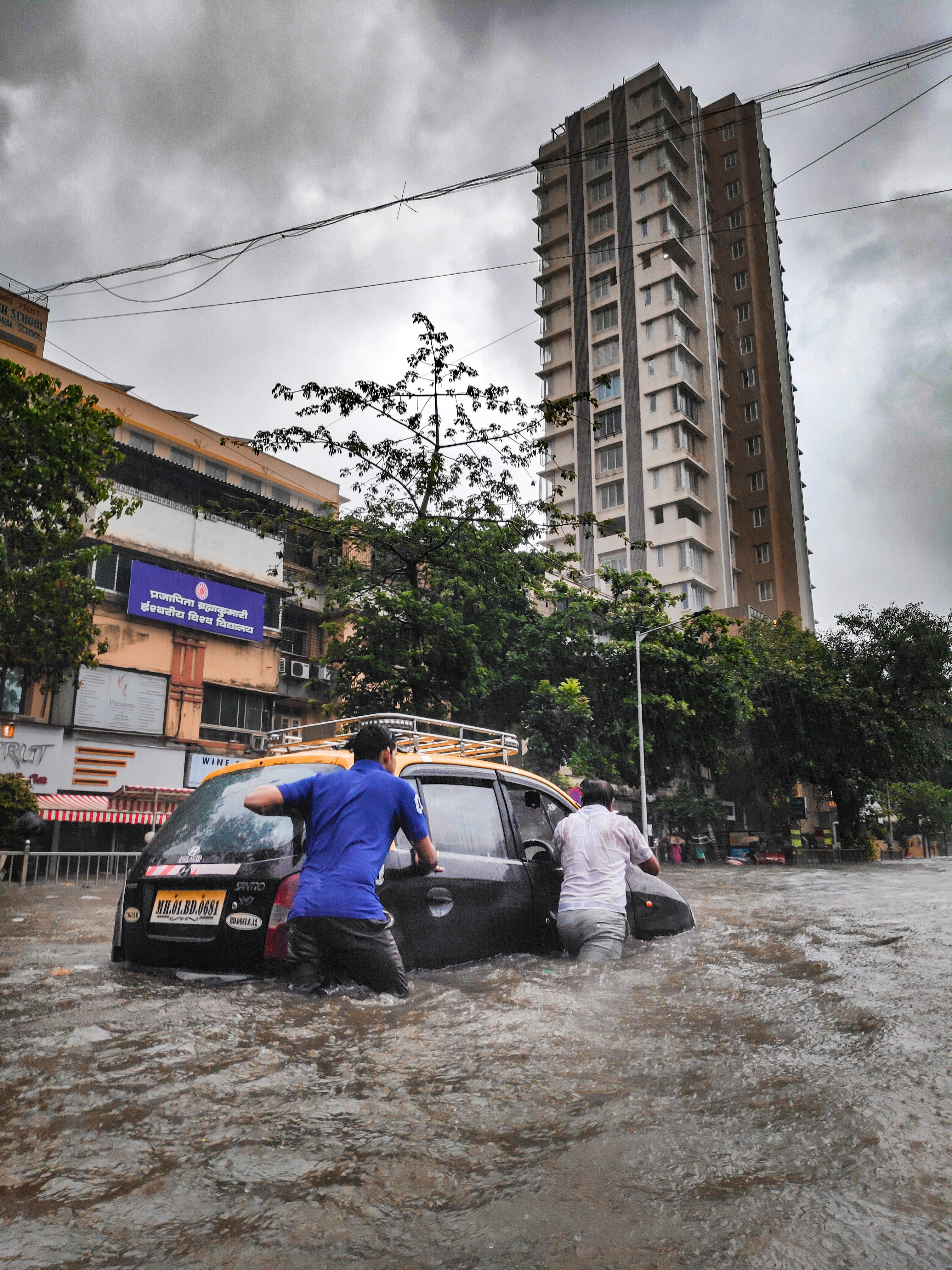Understanding the Importance of Flood Preparedness
Floods are among the most common and widespread natural disasters, especially in regions prone to heavy rains and storms. Preparing for a flood can be the difference between minimal impact and devastating loss. In this blog, we’ll explore crucial steps every household should take to ensure safety and minimize damage.
1. Know Your Risk
First and foremost, determine if your area is at high risk for flooding. Visit the official FloodSmart website for flood risk maps and resources. Understanding your risk level helps in making informed decisions about insurance and property protection.
2. Create an Emergency Plan
Your family’s safety is paramount. Develop an emergency plan that includes evacuation routes and meeting points. Ensure everyone in the household understands the plan thoroughly. Visit our blog for tips on creating effective emergency plans.
3. Assemble an Emergency Kit
An emergency kit is essential for survival during a flood. It should include water, non-perishable food, a first-aid kit, flashlights, and other emergency supplies. Consider all family members’ needs, including pets. Learn more about what to include in your kit on our Medical First Aid Training page.
4. Protect Your Home
Take measures to reduce flood damage by waterproofing your basement, elevating critical utilities, and installing flood barriers or sandbags. Our courses on disaster response include home preparation techniques that can be lifesaving.
5. Stay Informed
Monitoring weather updates and local news is crucial during flood seasons. Consider a battery-powered or hand-crank radio to stay updated in case of power outages. Ensure your devices are charged and functional.
6. Understand Flood Insurance
Homeowner’s insurance policies do not typically cover flood damage. Consider purchasing flood insurance to protect your home and belongings. Check out the National Flood Insurance Program (NFIP) for more information.
7. Preserve Important Documents
Keep important documents like insurance policies, birth certificates, and ownership papers in waterproof containers. You can also keep digital copies in a secure cloud storage service.
8. Community Resources and Training
Engage with community flood preparedness programs. Participating in community drills can provide practical experience in handling flood situations. Visit our Join Now page to connect with community training and resources.
9. After the Flood
Once a flood has occurred, avoid entering floodwater, which can contain hazardous debris and contamination. Document any property damage with photographs for insurance claims and contact professionals for inspection and repair.
10. Continuous Education
Flood preparedness does not end with setting up defenses. Continuous education and updates on new safety protocols are essential. HelpNow offers CPR, AED, and First Aid training, including flood response tactics, to keep your skills sharp and readiness optimal.
Join Us
If you’re interested in learning more about protecting yourself and your loved ones from natural disasters like floods, consider becoming a part of the HelpNow family. Explore our Join page to see how you can make a difference in your community’s safety.
Contact Us
For more information on flood preparedness and our training courses, please contact us. Stay safe and well-prepared!

